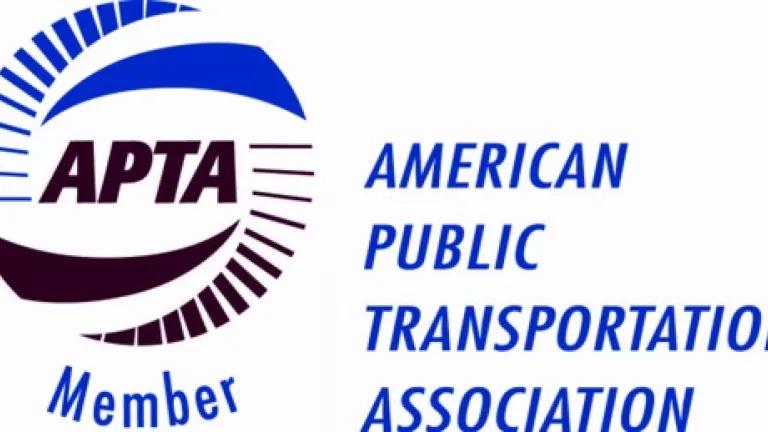
The week before last Rob Perks and I trekked up to Philadelphia and met with (among others) the executive director and several staff members of the Southeastern Pennsylvania Transportation Authority (SEPTA) to learn about the organization’s sustainability efforts. I’d heard good things about them and came away even more impressed than I’d expected. And spending a couple of days there was liberating. Unlike some other cities, there are many choices for getting around town: Rail, bus, subway, driving, walking you name it, Philly's got it.
A quasi- public agency that took over the bankrupt companies that ran the Philadelphia area’s public transportation system in the previous century, SEPTA has been increasingly focusing on sustainability for at least the last decade. In 2002, it bought 472 hybrid electric powered buses even though its calculations indicated they would produce a net loss on a traditional ROI (return-on-investment) basis. The authority decided that the sum total of the longer-range economic, environmental and social benefits that could not be easily quantified and put into the financial calculation – what is now being called SROI (Sustainable ROI) – justified the expense.
In the ensuing years, the authority’s appreciation for its role in the entire region’s sustainability – from an environmental, economic, and social point of view – has steadily grown. In 2009, that appreciation culminated in the announcement of its Sep-Tainable initiative, a commitment to focusing on making its own operations sustainable and participating in other regional efforts to achieve sustainability.
Until recently, Septa’s ridership had declined for decades, initially as a result of regional sprawl that made public transit unviable for many residents, and then more recently as a result of the recession. As job losses that contributed to reduced ridership were not significantly reversed and budget shortfalls continued, the authority was faced with trying to get through the lean period while its services and infrastructure deteriorated.
Instead, it decided that becoming sustainable itself could not wait until outside circumstances changed. On the contrary, it decided that making itself sustainable under existing conditions was necessary for its own revival, would in turn contribute to the region’s vitality, which would in turn further buoy the authority’s viability.
Sep-Tainable is based on the principal that the authority’s and the region’s economic, social, and environmental sustainability are inextricably intertwined – that progress in one area produces benefits in the others and backtracking in one area contributes to regression in another. So, for example, a thriving public transit authority provides jobs for thousands of local residents, makes it easier for people to get to work throughout the region, cuts down on vehicle miles travelled, making the transportation system less clogged and more efficient. This in turn promotes the recentralization of the urban center, reduces the isolation of elderly people stranded in the suburbs, draws people and businesses to the region for its efficiency creating more demand for public transit. And all of this yields lower air pollution thereby making the work force and everyone else healthier,
Sep-Tainable’s objectives are encapsulated in 12 goals which the authority aims to achieve by 2015. Those goals encompass everything from reducing greenhouse gases, water use, and waste to providing greater access to local food, developing its own work force as well as improving the public transportation infrastructure.
Sep-Tainable is designed to integrate not only with the authority’s 5-year strategic business plan but also with the sustainability commitment of the American Public Transportation Authority (APTA). NRDC recently became an APTA member and we look forward to being actively involved. And in fact this summer APTA will be holdings its Sustainability & Public Transportation Workshop in Philadelphia. SEPTA accomplishments and initiatives will provide an inspiring backdrop for what are likely to be some thought-provoking discussions.